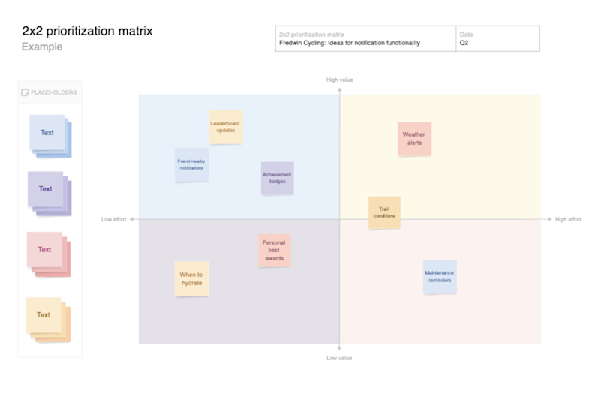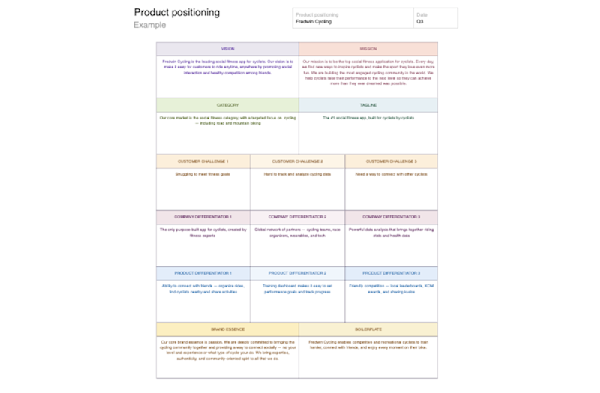What is the difference between a PRD and a feature description?
A PRD and a feature description serve different purposes. A PRD defines more: overview, goals, and functionality. It is a comprehensive blueprint detailing how the product should work, who it is for, and what problem it aims to solve. (Traditional ones can be upward of 30 pages long.)
A feature description focuses on a specific aspect of the product. It describes a single feature's purpose, user interaction, and technical requirements. Whereas a PRD gives you the full picture, a feature description zooms in on one thing. It helps the team understand the details.
How detailed should a PRD be?
The level of detail in a PRD depends on factors such as your product's complexity, your team's experience, and the specific needs of your chosen product development process.
In the past, PRDs were exhaustive documents packed with every possible requirement. Today's PRDs should still cover essential aspects (such as objectives, target users, and core functionality), but without overloading the document with details that could limit adaptability. The goal is to give the team a clear understanding of what to build, all while allowing room for adjustments based on new insights and feedback.
Related:
Top
When to write a product requirements document
A PRD provides clear, comprehensive documentation that guides development and supports alignment across teams. This is especially true for industries or projects where security, compliance, or complex stakeholder needs demand specific, consistent information.
Industry PRD examples
You will often see PRDs in highly regulated enterprise software environments. In sectors like healthcare and finance, for example, functional groups outside the core product team (think: legal and compliance) might need detailed insights into product functionality to complete their work. Legal teams, for instance, might not have direct access to product managers and can rely on the PRD instead. Depending on the product, customer support teams might also rely on a detailed PRD to answer questions.
PRDs are common at software development agencies that build technology for other companies, too. Clear documentation helps ensure that client expectations are met and project scope is understood. These PRDs typically include high-level goals, edge cases, security concerns, and guidelines surrounding client validation and testing.
Top
What to use instead of a product requirements document
Many team members are involved in building, launching, and promoting a product. Some level of documentation and speccing out of what the team will create is necessary, whatever you want to call it.
The product development team needs answers to the following questions:
What is the core objective?
Who are we building for?
What is the true value of what we are building?
How will our users interact with it?
What will it look like?
How will we ensure success upon launch?
The exercise of asking and answering can be useful to help product and engineering managers understand goals, details about the user experience, and the scope of a particular effort. You can move ahead faster when everyone shares the same information.
There are some good checklists that teams can use to define features. Beyond that, here are a few more lightweight alternatives to a PRD:
Jobs-to-be-done framework: Defines what users need to accomplish with the product
Prototypes: Early models that help teams test and refine features' functionality
User stories: Describe features from the user's perspective, including what they need and why
User story mapping: A visual layout of all your different user stories to map the entire product journey
Wireframes and mockups: Visual representations of the product layout and design, used to define the structure and interface elements before moving into development





